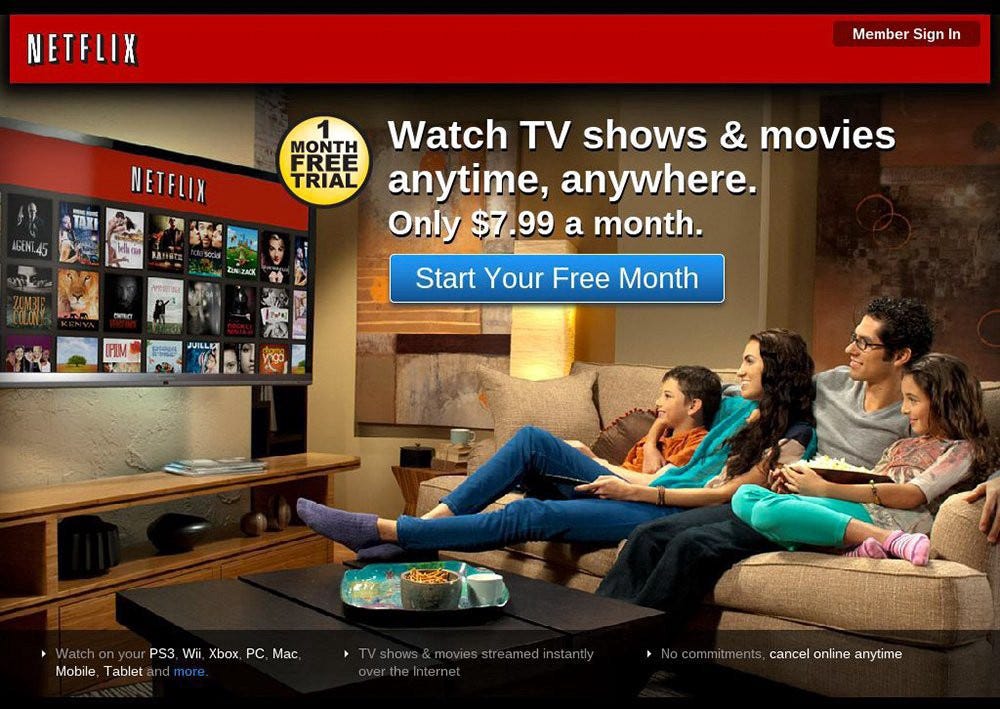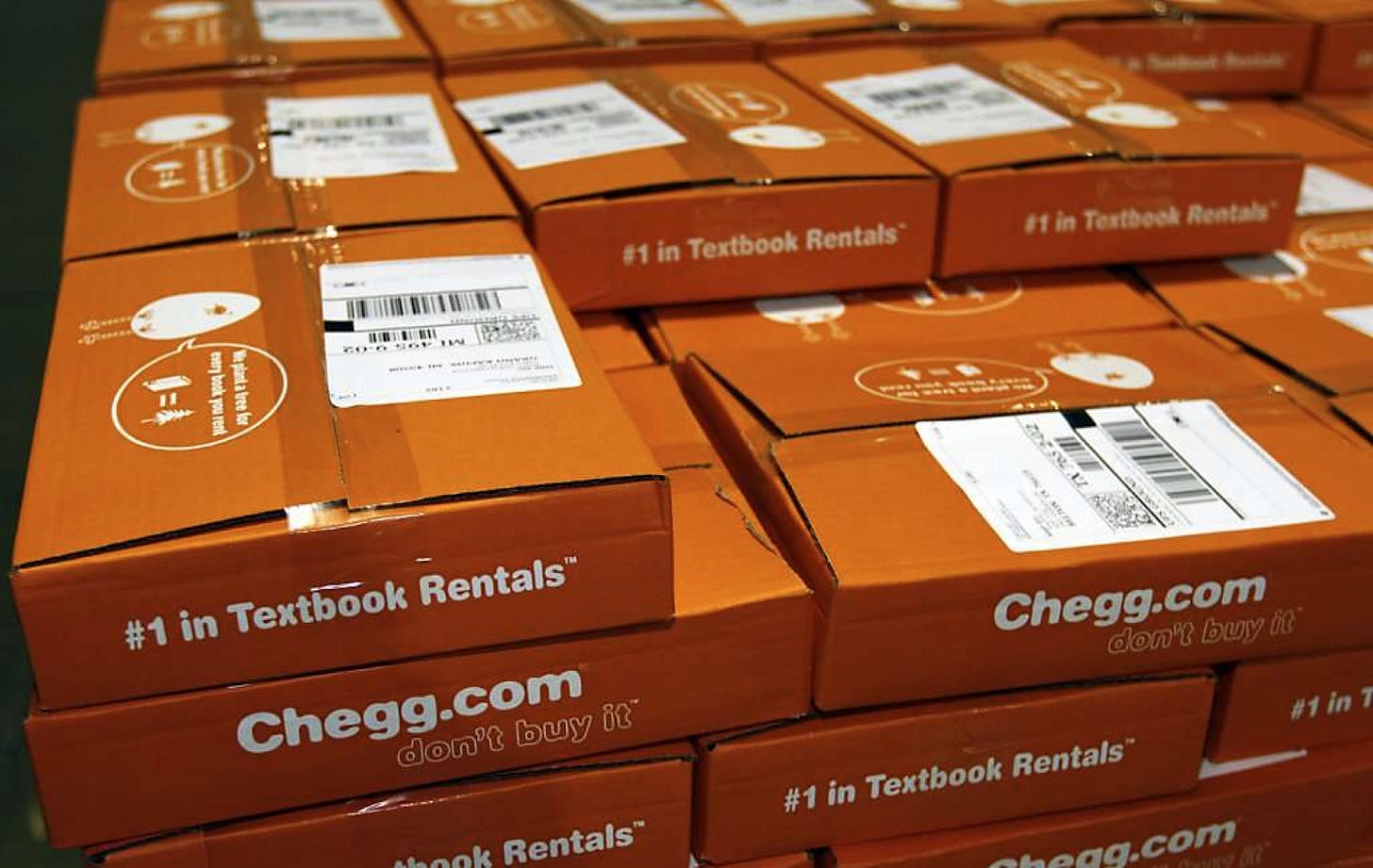How do you think about and measure brand strength?
Short answer: measure % of visitors who visit your site directly v. paid/SEO channels. Critical exercise: measure both product and brand strength to determine the right level of investment in each.
Tension: Marketing v. Product
Does this debate sound familiar?
“Our product is great. We’re just not getting enough marketing support,” whines the product manager.
“Our marketing efforts are awesome. It’s the product that needs work,” responds the marketing leader.
This tension between product and marketing is why I measure both the product and brand's relative strength. Measuring each provides insight so you can determine how much to invest in each.
At early-stage startups, you struggle to attract visitors, but over time, as your product improves, you begin to generate word-of-mouth traffic and build brand value. There’s a sensitive balancing act, but over time, you can invest more in product and content as your brand grows, requiring less investment in marketing.
Measuring product quality
My proxy for product quality is typically a high-level engagement metric. At Netflix, it was monthly retention. At Chegg, it was six-month retention — the percentage of students who returned to Chegg to rent textbooks the following semester. Determining the high-level engagement metric is hard. (I have written a few essays on the topic in my “How To Define Your Product Strategy” series on Medium.)
A relatively simple tactic is to execute a Net Promoter Score survey. This gives you a sense of your product quality and an early clue as to whether you’re developing word-of-mouth traffic. (As an example, see my NPS survey at the end of this essay.) The challenge of NPS: It indicates what customers say, which may be different from how they behave. This is why NPS is controversial.
Assuming you have a high-level engagement metric to measure product quality, what’s the equivalent measure for brand strength? The answer is the relative number of new customers who visit your site by typing your brand name versus SEO or paid marketing.
I provide detailed examples of measuring product and brand quality for Chegg and Netflix below. I also do my best to illustrate how these measures help minimize squabbling between product and marketing.
Chegg textbook rental
I joined Chegg, a textbook rental company, in 2010. When students look for a textbook, they use Google to search for the title or ISBN. Because of this, we focused our energy on SEO (search engine optimization) to ensure that Chegg was one of the top results. We spent as little as possible on paid marketing (we had limited funding), although the large orange boxes we shipped to students helped build awareness on college campuses.
We measured brand awareness by looking at the composition of our site traffic. At Chegg, we tracked the percentage of students who visited the site by typing “Chegg” directly into their browser or Google search. In 2010, this percentage was about 20%. By 2015, it was nearly 50%, reflecting growth in the Chegg brand.
Below, I have outlined my guess of the percentage of Chegg brand traffic v. SEO and paid marketing over a ten-year period. You can see that the direct “Chegg” channel grows as brand awareness improves, enabling the company to spend a smaller percentage on paid marketing each year.
Over the years, Chegg also conducted brand awareness studies, asking students for aided and unaided awareness. Today, Chegg has 87% aided brand awareness. Back in 2010, I would guess this number was less than 20%.
We also measured our Net Promoter Score. We’d ask, “How likely would you be to recommend Chegg to a friend or colleague?” In the early days, Chegg’s NPS was a surprisingly high 60 — students found amazing value in the service as they could rent a textbook for $60 instead of buying a new textbook for $200.
As our website, pricing, selection, and shipping speed improved, we drove NPS into the high 70’s. For us, NPS was a reasonable proxy for product quality. It also signaled a customer’s willingness to tell others about the product or service— a step in building word-of-mouth traffic and brand value.
Despite the controversy around NPS, we found it helpful. Generally, an NPS of 50 is considered good/very good, and 70 is considered world-class. It’s easy for any startup to implement this survey which is why I encourage its use. It’s another source of data and typically provides additional insight.
One demonstration of NPS's practical value: At Chegg, we shared our NPS data with potential investors, and it helped convince them that we had product/market fit. Our NPS data helped the “fence-sitters” jump over the fence to invest in us.
Of course, we also had the data for the percentage of students who returned to Chegg the next semester to rent more textbooks. This number went from less than 20% in the early years to more than 50% a few years later.
Netflix’s “closed site”
I joined Netflix in 2005, and it was quite different from Chegg. We operated a closed site which meant you needed to be a member to browse our movie selection or to read movie reviews and ratings. We limited access because the more information we displayed on the non-member site, the more likely potential members got distracted and failed to sign up for our one-month free trial. So SEO was a negligible part of our traffic.

But Netflix had a proven business model. In 2005, a customer's lifetime value was $100, so we were willing to spend an average of $50 to acquire a new customer. We spent our marketing on a range of activities, including paid search, radio, and eventually TV.
Like Chegg, we could track the extent to which potential customers typed “Netflix.com” on their own v. paid search or a variety of marketing offers. The percentage share of “Netflix.com” traffic slowly grew.
We did execute an NPS survey but never talked about it, even internally. The topic was verboten because it tracked what customers said, while we knew how they actually behaved. Our high-level engagement metric was retention — the percentage of customers who canceled at the end of each month. In the early days, 10% of members canceled each month. In 2005, 5% canceled. Today, Netflix has a 2% monthly cancel rate, which is pretty phenomenal.
Despite everything above, we measured NPS, and it was typically around 70, which is consistent with a world-class product and brand. Together, the improved retention and high NPS score demonstrated strong product quality, which eventually accelerated word of mouth traffic and brand value.
Why measure product and brand strength?
For Chegg and Netflix — and lots of other companies — there are three high-level areas for potential investment:
Marketing investment builds awareness and trial for the service.
Product and technology investment enables a better experience.
Content investment provides customers with more of what they seek (textbook and homework help for Chegg, TV shows & movies for Netflix).
The key question: In any given year, how much should the company invest in each of these three areas?
Each year at Netflix, there was a high-level discussion to answer the question above. To radically simplify my example, imagine that each area's spending was the same — one-third in each area. In the early years, there were many hard choices — did you want to put more money into bringing members to the site but risk disappointing them because you had a sucky experience or didn’t have enough movies? Should you “starve” product and technology to enable a larger investment in marketing or content? It’s a hard balancing act.
Measuring product quality via the high-level engagement metric and marketing efficiency via the percent of visitors who came through each marketing channel helped us understand how we were doing. In general, the percentage of marketing spending slowly dropped, which freed up dollars to invest in more content. And over the years, the investment in a better experience through product and technology improvements stayed relatively constant as a percentage of total revenue.
Conclusion: The Tango Between Marketing & Product
Instead of fighting with each other, you want marketing and product to engage in the Tango, measuring the relative strength of the product and brand through engagement metrics, the percentage of “eyeballs” from each channel, and NPS. Measuring your product and brand strength turns the “squabbling children” debate into a thoughtful discussion about how to allocate marketing, product, and content resources each year. If well-executed, it can be a graceful, even sultry dance.
Some go-do’s for you:
Agree on your high-level engagement metric for your product. (See the essays on “Proxy Metrics” and the “SMT Lockup” within this Medium Series on “How to Define Your Product Strategy”)
Execute an NPS survey for your product as a proxy for product quality and to see the extent to which you are beginning to build word of mouth traffic.
Analyze the traffic for your site, organizing it into “branded” (direct traffic/paid search initiated by your brand as a search term v. paid marketing efforts).
Build high-level agreement on how much your company will invest in marketing, product/tech, and content.
I hope you found this answer helpful. If you’d like this “Ask Gib” newsletter delivered to your inbox, click the button below:
Thanks,
Gib
PS. Click here to give feedback on this essay. It only takes one minute and will help you see how easy it is to implement NPS surveys. (This is my 647th NPS survey— I do them for each of my talks, workshops, exec events, and essays.)
PPS. With this “Ask Gib” newsletter, I’m jumpstarting a virtuous cycle where more subscribers lead to better, more relevant content, which should lead to more subscribers. So please share this newsletter with others. I really appreciate any help you can provide in building awareness and trial for my little newsletter— it’s still the very early days in this journey!
PPPS. Click the button below to ask and upvote questions:


